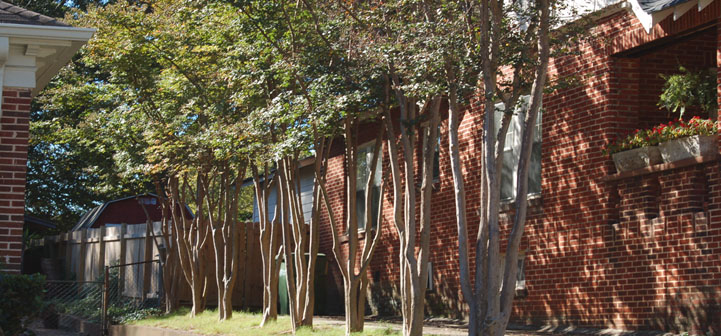Reviewed and Revised on 10/30/2013
Why is Home Ventilation a Concern
Air-to-Air Exchanger Operation and Construction
Installation of Air-to-Air Heat Exchanger
Cost Effectiveness of Heat Exchangers
Air-to-Air Heat Exchanger Maintenance
To reduce heating and cooling costs, builders have used better construction techniques and materials to greatly reduce air leaks into and out of a home. While a “tight” home will reduce the costs of heating and cooling, it will also trap water vapor and harmful particles and gases in the home. Window condensation and other moisture problems are quite likely in a weatherized tight home without air exchangers. It can become a problem for both the home occupants and the home structure. Bringing in outside air and exhausting indoor air (ventilation) dilutes or removes the indoor pollutants and moisture. The question is: How do you remove the moisture and pollutants while retaining the heated or cooled air? An air-to-air heat exchanger is the answer to this problem. Air exchangers transfer the thermal energy of the indoor air to incoming fresh air, allowing the moisture and pollutants to be vented while retaining the air heat. In the cooling season, air-to-air heat exchangers can include dehumidification to reduce the humidity level of incoming warm humid air. In addition, the heat from the incoming air is transferred to the cooler air being exhausted, reducing the temperature of the incoming warm air.

